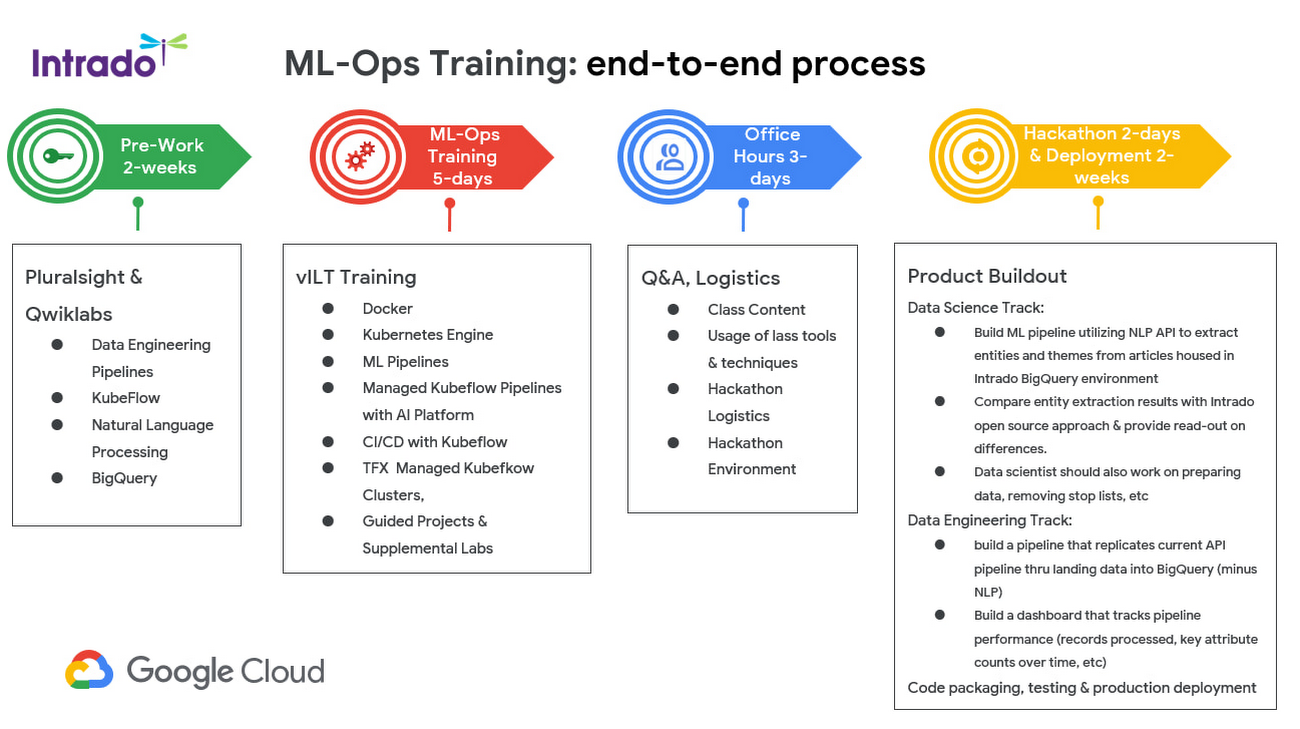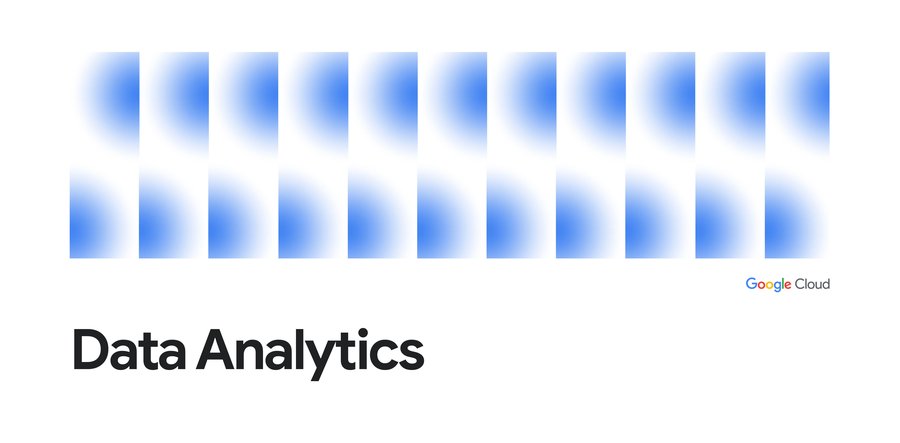Notified team gets smart on MLOps through Advanced Solutions Lab for Machine Learning
Dmitriy Khots
Vice President, Strategic Analytic Insight at Notified
Shawn Parkes
Customer Success Manager, Google Cloud
Editor’s note: Notified, one of the world’s largest newswire distribution networks, launched a public relations workbench that uses artificial intelligence to help customers pinpoint relevant journalists and expand media coverage. Here’s how they worked with Google Cloud and the Advanced Solutions Lab to train their team on Machine Learning Operations (MLOps).
At Notified, we provide a global newswire service for customers to share their press releases and increase media exposure. Our customers can also search our database of journalists and influencers to discover writers who are likely to write relevant stories about their business. To enhance our offering, we wanted to use artificial intelligence (AI) and natural language processing (NLP) to uncover new journalists, articles, and topics—ultimately helping our customers widen their outreach.
While our team has expertise in data engineering, product development, and software engineering, this was the first time we deployed an NLP API to be applied to other products. The deployment was new territory, so we needed a solid handle on MLOps to ensure a super responsive experience for our customers. That meant nailing down the process—from ingesting data, to building machine learning (ML) pipelines, and finally deploying an API so our product team could connect their continuous integration/continuous delivery (CI/CD) pipelines.
First, I asked around to see how other companies solved this MLOps learning gap. But even at digital-first organizations, the problem hadn’t been addressed in a unified fashion. They may have used tools to support their MLOps, but I couldn’t find a program that trained data scientists and data engineers on the deployment process.
Teaming up with Google Cloud to tailor an MLOps curriculum
Seeing that disconnect, I envisioned a one-week MLOps hackathon to ramp up my team. I reached out to Google Cloud to see if we could collaborate on an immersive MLOps training. As an AI pioneer, I knew Google would have ML engineers from Advanced Solutions Lab (ASL) who could coach my team to help us build amazing NLP APIs. ASL already had a fully built, deep-dive curriculum on MLOps, so we worked together to tailor our courses and feature a real-world business scenario that would provide my team with the insights they needed for their jobs. That final step of utilization, including deployment and monitoring, was crucial. I didn’t want to just build a predictive model that no one can use.
ASL really understood my vision for the hackathon and the outcomes I wanted for my team. They never said it couldn’t be done, we collaborated on a way to build on the existing curriculum, add a pre-training component, and complete it with a hackathon. The process was really smooth because ASL had the MLOps expertise I needed, they understood what I wanted, and they knew the constraints of the format. They were able to flag areas that were likely too intensive for a one-week course, and quickly provided design modules we hadn't thought to cover. They really were a true part of our team..
In the end—just four months after our initial conversation—we launched our five-week MLOps program. The end product went far beyond my initial hackathon vision to deliver exactly what I wanted, and more.


Starting off with the basics: Pre-work
There was so much we wanted to cover in this curriculum that it made sense to have a prerequisite learning plan ahead of our MLOps deep dive training with the ASL team. Through a two-week module, we focused on the basics of data engineering pipelines and ramped up on KubeFlow—an ML toolkit for Kubernetes—as well as NLP and BigQuery, a highly scalable data warehouse on Google Cloud.
Getting back in the classroom: MLOps training
After the prerequisite learning was completed, we transitioned into five days of live, virtual training on advanced MLOps with the ASL team. This was a super loaded program, but the instructors were amazing. For this component, we needed to center on real-world use cases that could connect back to our newswire service, making the learning outcomes actionable for our team. We wanted to be extremely mindful of data governance and security so we designed a customized lab based on public datasets.
Taking a breather and asking questions: Office hours
After nearly three weeks, our team members needed a few days off to absorb all the new information and process everything they had learned. There was a risk of going into the hackathon and being burnt out. Office hours solved that. We gave everyone three days to review what they had learned and get into the right headspace to ace the hackathon.
Diving in: Hackathon and deployment
Finally, the hackathon was a chance for our team to implement what they had learned, drill down on our use cases, and actually build a proof of concept–or best-case scenario— working model. Our data scientists built an entity extraction API and a topics API using Natural Language AI to target articles housed in our BigQuery environment. On the data engineering side, we built a pipeline by loading data into BigQuery. We also developed a dashboard that tracks pipeline performance metrics such as records processed and key attribute counts.
For our DevOps genius, Donovan Orn, the hackathon was where everything started to click. “After the intensive, instructor-led training, I understood the different stages of MLOps and continuous training, and was ready to start implementing,” Orn said. “The hackathon made a huge difference in my ability to implement MLOps and gave me the opportunity to build a proof of concept. ASL was totally on point with their instruction and, since the training, my team has put a hackathon project into production.”
Informing OSU curriculum with a new approach to teaching MLOps
The program was such a success that I plan to use the same framework to shape the MLOps curriculum at Oklahoma State University (OSU) where I’m a corporate advisory board member. The format we developed with ASL will inform the way we teach MLOps to students so they can learn the MLOps interactions between data scientists and data engineers that many organizations rely on today. Our OSU students will practice MLOps through real-world scenarios so they can solve actual business problems. And the best part is ASL will lead a tech talk on Vertex AI to help our students put it into practice.
Turning our hackathon exercise into a customer-ready service
In the end, both my team and Notified customers have benefited from this curriculum. Not only did the team improve their MLOps skills, but they also created two APIs that have already gone into production and significantly augmented the offering we’re delivering to customers.
We've doubled the number of related articles we’re able to identify and we’re discovering thousands of new journalists or influencers every month. For our customers, that means they can cast a much wider net to share their stories and grow their media coverage. Up next is our API that will pinpoint more reporters and influencers to add to our database of curated journalists.




